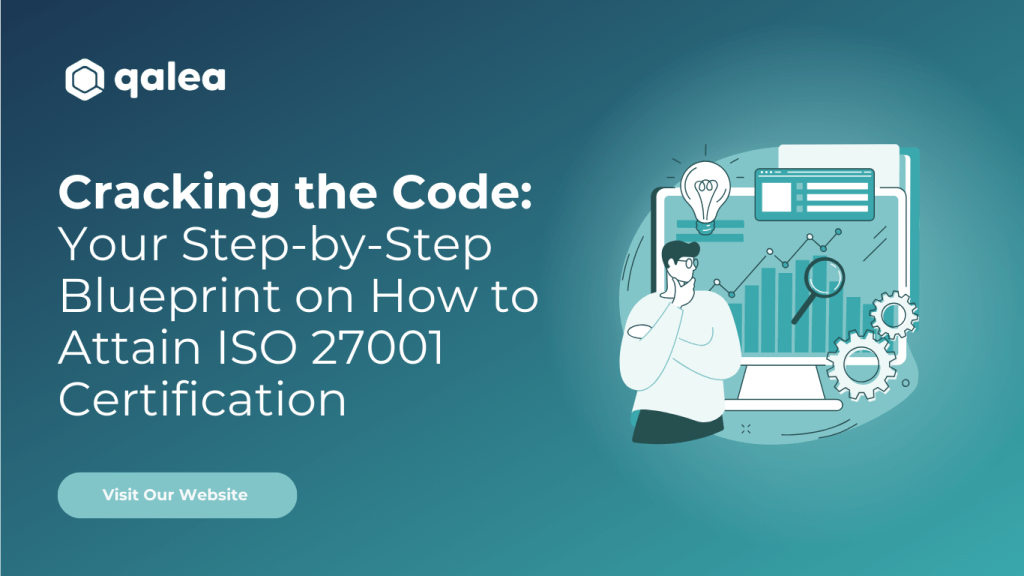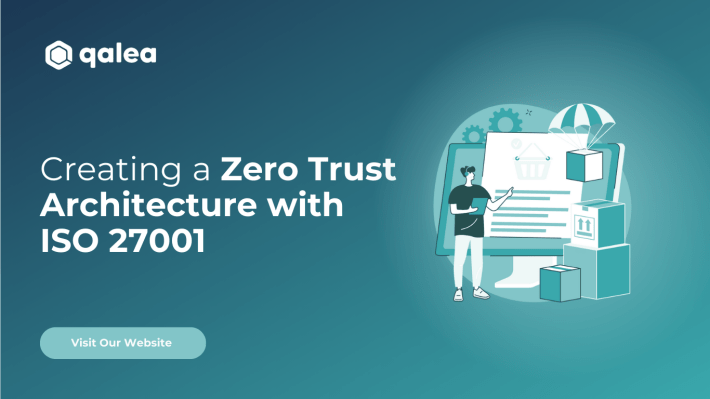Cracking the Code: Your Step-by-Step Blueprint on How to Attain ISO 27001 Certification

Embracing the ISO 27001 standard can be a formidable task, especially for those venturing into certification for the first time. The complexities may seem overwhelming, prompting questions about where to commence, what policies to implement, and how to prepare for an impending audit. Fear not – this post aims to reveal the secrets of the ISO 27001 certification process, offering insights into preparation essentials and demystifying each stage of the certification audit.
To attain ISO 27001 certification, a series of audits must be undertaken. This section sheds light on the preparatory steps and the sequential certification phases.
Phases Unveiled: Navigating the ISO 27001 Certification Odyssey
Phase One: Crafting the Project Plan
Setting the Foundations: Who, How, and Where?
Initiating the certification process involves meticulous planning. Key considerations include designating a project overseer, managing expectations, gaining leadership buy-in, and potentially engaging an ISO 27001 expert company for guidance. Understanding the 114 controls specified in ISO 27001 becomes imperative during this phase.
Phase Two: Defining the ISMS Scope
Tailoring to Fit: What Information Requires Protection?
Recognizing the uniqueness of each business, defining the scope of your Information Security Management System (ISMS) becomes crucial. The scope statement in your ISO 27001 certificate should reflect a collective decision on what facets of your organization need representation.
Phase Three: Risk Assessment and Gap Analysis
Assessing Risks: A Formal Obligation
Compliance with ISO 27001 necessitates a formal risk assessment, documented to meet regulatory requirements. Identifying the baseline for security involves understanding legal, regulatory, or contractual obligations. For startups lacking a dedicated compliance team, hiring an ISO self-managed solution can simplify gap analysis and remediation planning.
Phase Four: Designing and Implementing Policies and Controls
Phase Four: Designing and Implementing Policies and Controls
Responding to Risks: Decisions and Documentation
Responding to identified risks involves decision-making and documentation. The Statement of Applicability and Risk Treatment Plan are integral components. The former outlines relevant ISO 27001 controls and policies, while the latter records the organization’s response to identified threats, following ISO 27001’s four outlined actions.
A compliance tool will help you to craft these policies and controls, not having to write them from scratch and saving several man hours.
Phase Five: Employee Training
Empowering Your Team: Ensuring Information Security Awareness
ISO 27001 mandates information security training for all employees, ensuring a collective understanding of data security and individual roles in achieving and maintaining compliance.
A training platform on ISO 27001 specifics will help you to achieve these awareness amongst employees and key personnel, thus increasing the probability of success in the audit.
Phase Six: Documenting and Collecting Evidence
Phase Six: Documenting and Collecting Evidence
Proving Compliance: The Art of Evidence Collection
To secure ISO 27001 certification, organizations must demonstrate effective policy and control implementation. This phase entails meticulous organization and collection of evidence, a process that can be streamlined with compliance automation software.
To achieve it, you must have in place protection tools such as an EDR, a Vulnerability Manager, a Password Manager or Network Security tools, for example. Make sure you have those in place in your organization before the audit!
Phase Seven: ISO 27001 Certification Audit
Validation Time: External Assessment and Certification
An external auditor evaluates the ISMS to ascertain compliance with ISO 27001 requirements, marking the culmination of the certification journey. The audit unfolds in two stages: a review of ISMS documentation and an examination of business processes and security controls.
Every followingyear, surveillance audits and recertification audits follow, ensuring ongoing compliance and refreshing the certification every three years.
During the certification audit, your auditor assesses various aspects of your ISMS, necessitating comprehensive documentation. The baseline documentation includes the ISMS scope, information security policy, risk assessment, risk treatment, Statement of Applicability, information security objectives, evidence of competence, security awareness training records, monitoring and measurement results, internal audit processes, management review results, evidence of non-conformities and remediations, and Annex A control activity evidence. Meeting these requirements ensures a smooth and successful ISO 27001 certification journey.
Phase Eight: Continuous Compliance Maintenance
Adapt and Evolve: A Culture of Continuous Improvement
ISO 27001 emphasizes continuous improvement. Organizations must regularly analyze and review their ISMS, adapting to evolving business landscapes and emerging risks. Periodic internal audits ensure ongoing compliance and identify opportunities for enhancement before external audits.
Closing Thoughts: Simplifying the ISO 27001 Certification Journey
The ISO 27001 certification process need not be an intimidating odyssey. This guide aims to demystify the journey, providing a visual flowchart to simplify the process, break it into manageable steps, and aid in tracking progress towards compliance.



